Buyers do not want another beige post about growth. They want proof that my ideas move a pipeline. They want to see where AI helps and where my lived experience still carries the day. That is the heart of AI-enabled thought leadership for B2B service companies. I keep the voice human. I let AI do the heavy lifting where it shines. And I keep my eyes on one thing that never lies: revenue earned from organic attention. Focus on value - make content worth reading.
Content that converts for B2B service companies
If content does not move a marketing qualified lead (MQL) to a sales qualified lead (SQL) to revenue, it is a nice thought, not a growth motion. I start with the math, then shape the message.
- I map models I trust. What is my customer acquisition cost (CAC) by channel, my lifetime value (LTV) by segment, and my close rate from qualified meetings to deals? My analytics, marketing automation, and CRM should stitch this together. If tracking is messy, I set a baseline and improve instrumentation before optimizing messages.
- I pick 90-day wins. I aim for assets that rank, get shared, or win replies in under a quarter. Not magic - just tight focus and clear outcomes.
- I hold an accountability cadence. A biweekly review works. Two pages only: what shipped, what moved, what I fix next.
On the content side, AI-enabled thought leadership thrives when I attach it to buyer pain that people actually search. I think in formats the sales team can reuse.
- How I pick topics: I pull top questions from sales calls, cross-check them in search data, and prioritize terms with buyer intent and clear commercial pages behind them.
- How I map assets: one pillar that addresses the whole problem, three to six supporting articles that hit subproblems, and one data-backed take that only I could credibly write.
A few case-like sketches I see again and again (composites based on anonymized patterns, not single accounts):
- Cloud security consultancy. A benchmark-style report used patterns from anonymized audit data across 120 clients. It anchored a pillar on reducing Mean Time to Remediate (MTTR), with clusters on misconfiguration types and board reporting. Within 90 days they earned 28 referring domains, moved into the top three for three high-intent terms, and booked 11 qualified meetings traced to organic entry pages. AI surfaced the patterns; a human wrote the story buyers actually care about.
- Fintech compliance shop. The founder recorded quick takes after each regulator update. Transcripts fed a weekly summary page, trimmed into snack posts and a monthly live Q&A. Two fast wins stood out: a regulatory checklist page ranked for a surprising long tail, and a comparison page became the most linked asset in the niche. MQL-to-SQL time dropped by 22 percent because prospects arrived with shared language and context.
- IT services provider for the mid-market. An ROI calculator for downtime paired with an interview series featuring operations leaders. The calculator captured emails, but the interviews did the heavy trust work. Content influenced six deals in a quarter, with first touch through organic search. AI handled scenario simulation; the interviews kept it human and specific.
On conversion prompts, I keep it calm. I use soft gates where trust is still forming and stronger prompts where intent is clear. “See pricing ranges” or “view sample strategy” fit early. Near the bottom of a comparison page, a stronger path like “book a live walkthrough” or “schedule a planning call” fits the moment. I test placement more than phrasing - header, sticky footer, and in-line prompts all behave differently - and let the data pick the winner.
From author to algorithm: the shift in storytelling power
I used to rely on my name to carry a story. Now feeds compress everything into tiles and search pages surface AI summaries that skim the edges. The result is simple to see and hard to accept. Platform guidance backs this: LinkedIn says it is actively down-ranking low-quality, bot-like posts. Understanding search algorithms helps frame how your story is mediated.
Before (what I’d say)
“I cut deployment time by 40 percent at three logistics firms by pairing a replatform plan with a staff training sprint. The hard part was not tooling. It was change management. Here are the steps I used and the failures I learned from.”
After (AI summary)
“Company claims faster deployments using platform changes and training. Mentions change management. Provides steps.”
Context and credibility get flattened. The fix is not to fight the machine. It is to speak in a way machines and people both can pick up. Concise, quotable lines matter - think how leaders like Satya Nadella package ideas for reuse. This is also where modular, AI-friendly structuring articles helps your ideas travel with attribution.
- E-E-A-T signals (Experience, Expertise, Authoritativeness, Trust). I make the expert clear: author name, title, and a short bio. I show sources, dates, and proof of work. Where relevant, I link to client proof, conference talks, or code repositories. This aligns with how search quality raters evaluate content.
- Entity clarity. I name the people, companies, and concepts I want tied to my brand, and I use consistent terms. If my core method has a name, I use it the same way everywhere.
- Zero-click reality. Some readers will never visit. My snippet may carry the day. I make the first 120–160 words work on their own and add a TL;DR at the top with one quotable line and one stat I can stand behind.
AI-enabled thought leadership behaves well when it plays nice with summaries: one line that can live alone, then a story that rewards the click.
Evolving thought leadership for the AI age
A strong point of view beats a take that tries to please everyone. I make it defensible with three ingredients.
- Proprietary data. I use aggregated client metrics, platform logs, or annual surveys. I clean them, document methods, and publish ranges and caveats.
- Field experience. I talk about choices I made when stakes were high. I mention what went wrong. I name the trade-offs I would make again.
- A named model. I sketch my framework or method and give it a simple, memorable name. When others cite it, search engines learn to connect it to me.
Then I turn founder expertise into search assets that scale without losing soul.
- Pillar and cluster plan. I start with a pillar on the core problem (for example, “B2B lead quality for managed services”). I build clusters on the drivers that shape the outcome, such as qualification rules, content handoff to sales, and attribution cleanup. I interlink in both directions, use a canonical hub for the pillar, and keep it fresh.
- Editorial rhythm. I set a monthly subject-matter-expert (SME) interview. I record 30 minutes, pull a transcript, and extract three angles. One becomes the pillar update. One becomes a cluster article. One turns into a short video. I keep a style guide so every piece still sounds like one brain.
- Guardrails for AI. I use AI for outlines, data cleanup, summaries, and enrichment. I keep unique stories human-written. I check facts. I add a visible note on pages that explains how AI was used.
When AI-enabled thought leadership works, readers can feel the person behind it and still see the receipts.
Strategic B2B SEO as a narrative anchor
Public relations gets the story into rooms I cannot reach. SEO makes the story findable every day. Together they form the spine of my narrative.
- Entity-based optimization. I create Organization and Person pages that anchor my brand and leaders. I mark them up with schema and add “sameAs” links to profiles. I keep names and titles consistent across my site and media.
- Schema and canonical hubs. I use Article, FAQPage, HowTo, and VideoObject schema where they fit. I pick one canonical page for each big topic and keep updates there. I redirect duplicative content to the hub.
- Link earning through research. I publish one meaningful data study per quarter. It need not be grand; it must be clean and novel. I share a simple dataset with methods. Journalists link to sources they can inspect.
- Map topics to ICP and stages. I build content that matches early awareness, problem framing, solution comparison, and vendor choice for my ideal customer profile (ICP). From each mid-funnel page, I link readers to two bottom-funnel assets such as an implementation guide or a pricing explainer.
- Measurement loop. I track rankings, watch impressions and clicks, and attribute assisted and first touch in analytics and my CRM. The north star is organic SQLs and revenue by segment - not vanity traffic.
This is where AI-enabled thought leadership earns budget: it creates lift in rankings and reach, yes - and more important, it arms a sales call with context the client already believes.
Multi-format thought leadership: meeting AI where it lives
People graze content on phones, in inboxes, in feeds, and on flights. AI also reads across formats. I give both what they need without burning out my team. Platform-specific habits matter - for example, how LinkedIn rewards clear claims and consistent posting cadence.
I start with one long-form asset each month. Then I spin it into:
- A short video with captions that delivers the core claim and proof in under 90 seconds.
- Three short posts for LinkedIn that quote a stat, an insight, and a counter-idea.
- An audio cut from the SME interview, posted on my site and podcast feed.
- A one-page executive summary that a CFO can skim.
I add transcripts and captions to every audio and video. I use plain-language headings and summary boxes so machines and humans can parse the beats. I mark up pages with schema. I host video on YouTube for reach and on my site for context. I share on LinkedIn, my newsletter, and a podcast feed on a weekly cadence. It sounds like a lot. It feels lighter when each piece feeds the next.
AI-enabled thought leadership shines here: models help me summarize, assemble outlines, and extract quotes; humans pick the story that actually matters to the buyer.
Legal considerations: protecting ownership in the age of AI
This is not legal advice - just a quick lay of the land and how I reduce risk. For deeper analysis, see Dentons and The Senior Executive Group on AI, attribution, and IP strategy, plus current notes on U.S. copyright law.
- Copyright and trademark. I register key, human-authored assets and my brand marks where applicable. Purely AI-generated text may not be eligible for copyright protection in some jurisdictions; I keep a clear record of human authorship.
- Dataset licensing. If I publish a data study, I state my terms. If I use third-party data, I respect the license and quote short excerpts with links to sources.
- Platform terms of service. Major platforms have rules about scraping, reposting, and API use. I review them before I automate anything.
- Takedowns. If someone copies my work, I use appropriate removal channels (for example, DMCA in the U.S.), focusing on exact copies or confusing clones, not fair-use commentary.
- Contributor agreements. If I invite guest experts, I state who owns the content, how AI may be used, and how edits will be handled. I keep it simple and signed.
- Source citations. I link claims to primary sources. Dates matter. Quotes need context.
- AI use disclosure. A short note like “This article used AI for research support; a human performed the final edit” sets expectations and helps credibility.
- Watermarking and style IP. I add subtle brand watermarks to graphics, name my framework, and document my style guide. Consistency helps both people and machines attribute ideas to me.
Legal care supports trust. Trust supports rankings and links. That loop protects my AI-enabled thought leadership from misuse and confusion.
Reclaiming the story before it is summarized
If my ideas will be summarized, I guide the summary. I publish source-of-truth pages that make it easy to quote me and credit me.
- I add a TL;DR at the top with my core claim and one sourced stat (under three sentences).
- I place quotable lines in pull quotes and label numbers clearly with dates and sources.
- I add summary sections and short Q&A blocks that mirror the questions people ask, and I mark them up so machines can read them cleanly.
- I build a press-and-analyst version of key pages with extra context, downloadable charts, and a short media bio.
- I submit sitemaps in Google Search Console and Bing Webmaster Tools and use IndexNow where supported. When I update a page, I resubmit the URL.
- I share updates with journalists and creators who cover my space, offering a short note with the hook, the number, and the link.
Zero-click optimization is not surrender. It is a choice to feed the ecosystem with my words and my proof. Done well, it drives branded searches, direct traffic, and meetings that open with “I saw your take on this and want to go deeper.”
The 10 filters for human-first content
Before I publish, I run my draft through these filters. If I miss three or more, I sleep on it and edit.
- Original point of view
My quick check: Could a smart competitor say the same thing? If yes, I add my rule, my regret, or my data. - Specificity
My quick check: I replace general nouns with real ones. I swap “client” for “a regional bank with eight branches.” - Evidence
My quick check: One stat, one screenshot, one quote, or one named source per major claim. - Empathy
My quick check: Did I name the pressure my buyer feels at work - budgets, board asks, or day-to-day friction? - Clarity
My quick check: I read the first paragraph out loud. If I need a second breath, I shorten it. - Actionability
My quick check: Is there a next step a reader can try today without hiring anyone? - Credibility signals
My quick check: Author bio, date, company info, and links to proof are visible. - ICP relevance
My quick check: Would my best customer forward this to a colleague? If not, I wrote it for the wrong room. - Distribution readiness
My quick check: Do I have a one-line summary, a short quote, and a visual or chart that can travel? - Search discoverability
My quick check: Does the page target a clear query, answer it plainly, and link to deeper pages that help a buyer move forward?
Here is the quiet truth that lets me breathe. AI will not replace my voice if I keep writing from lived experience and design my content so both people and machines can pick it up. AI-enabled thought leadership is not a stunt. It is a working system that ties what I know to how my next client finds me, trusts me, and signs. I keep the cadence. I keep the receipts. I keep the voice unmistakably mine.

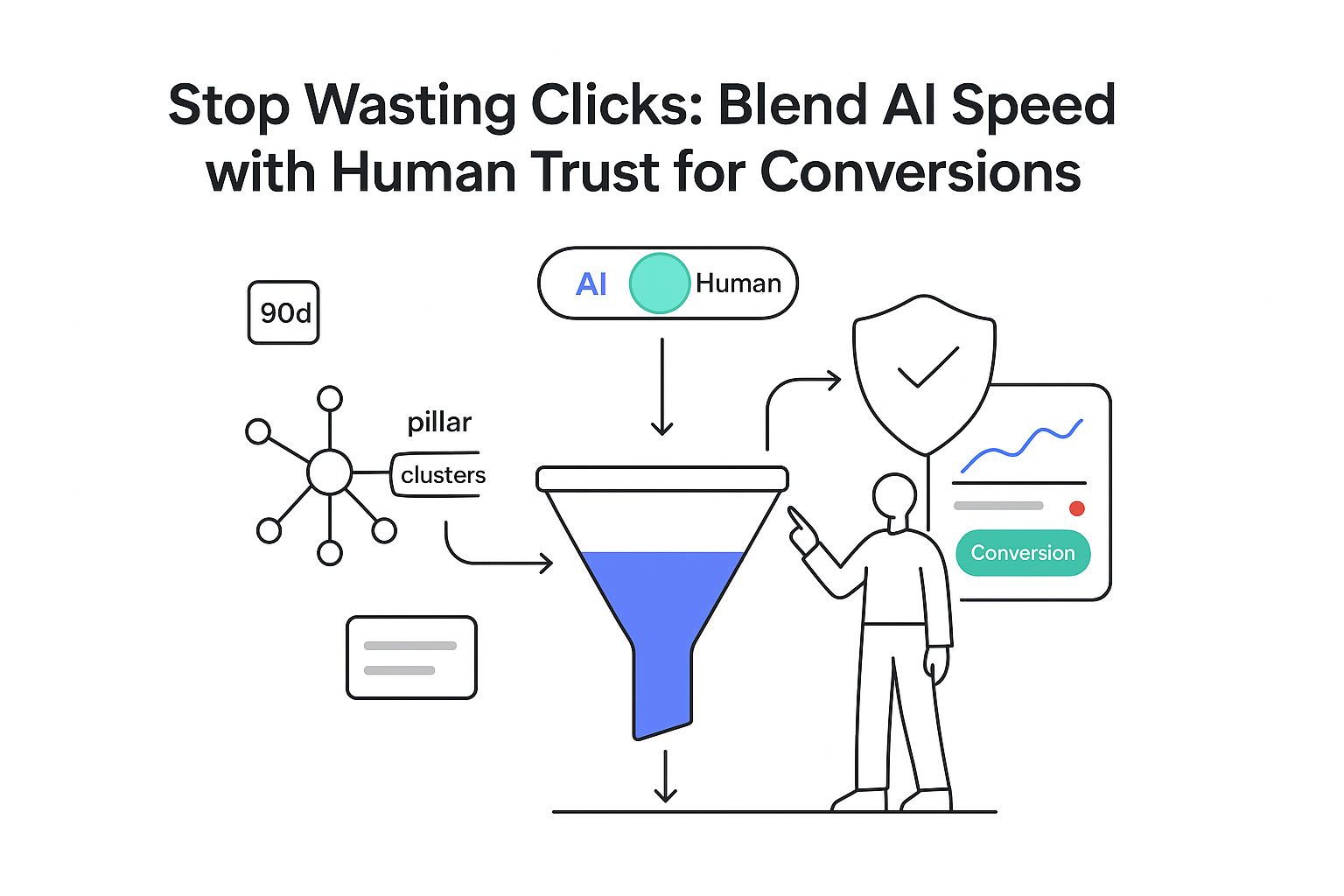

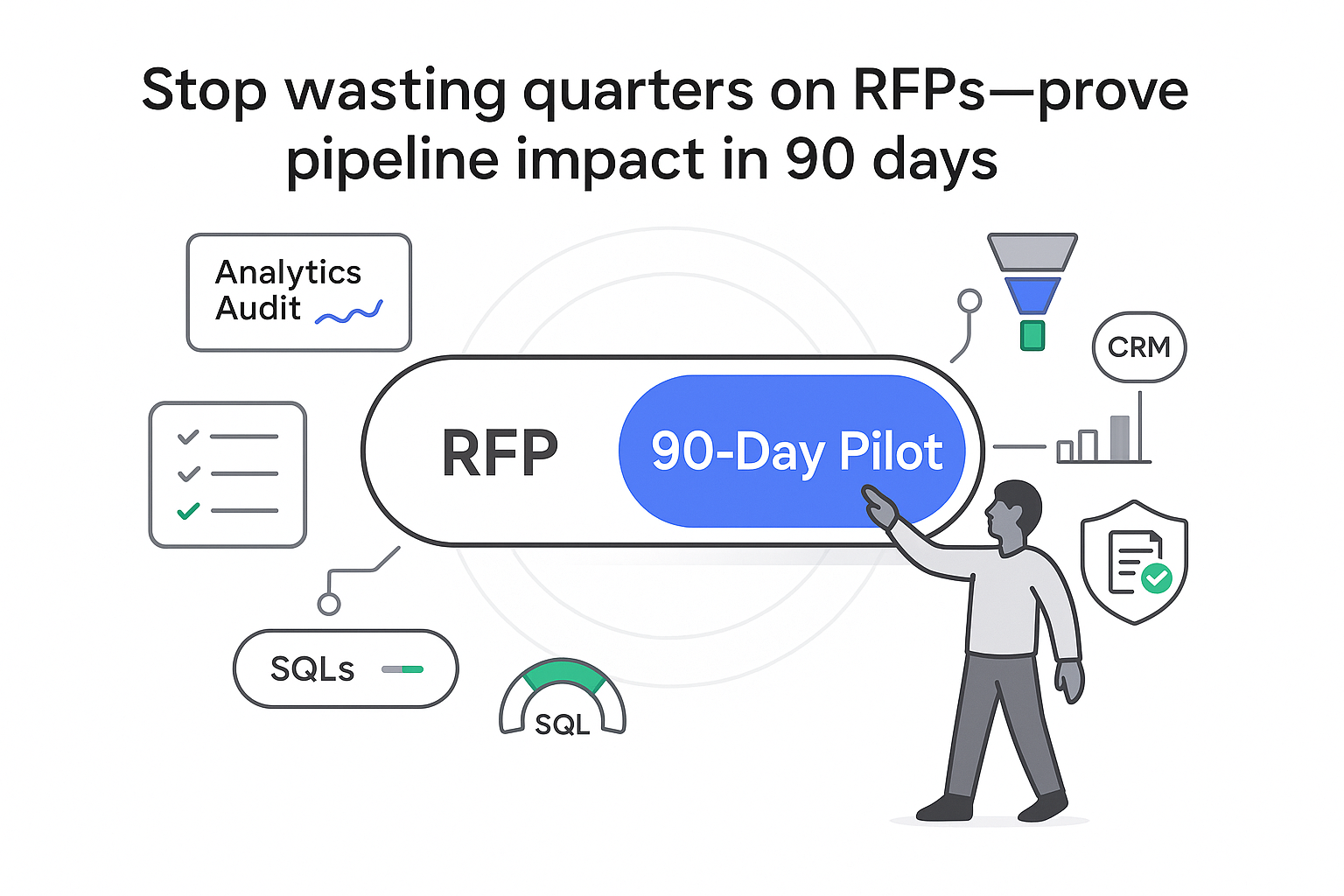
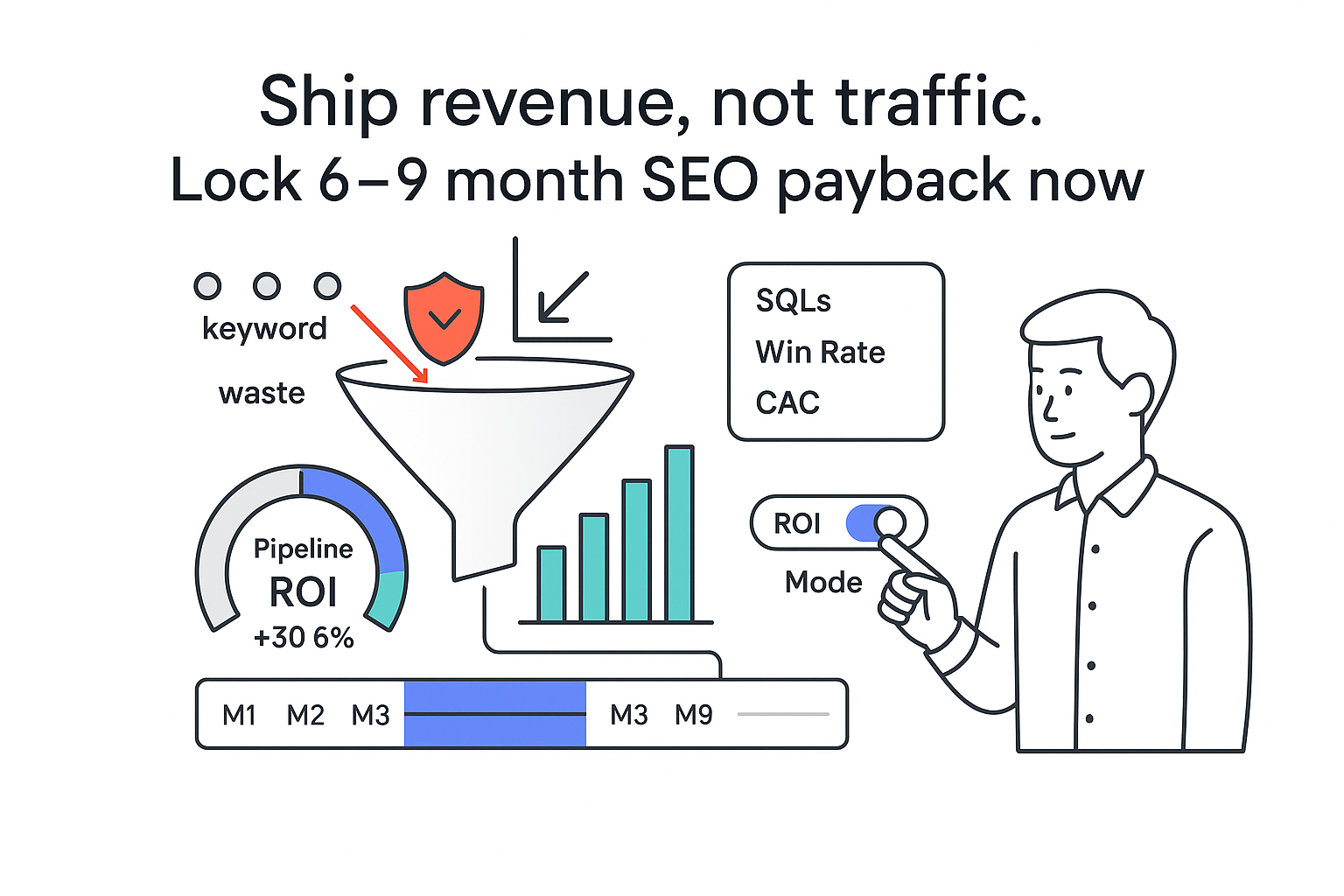
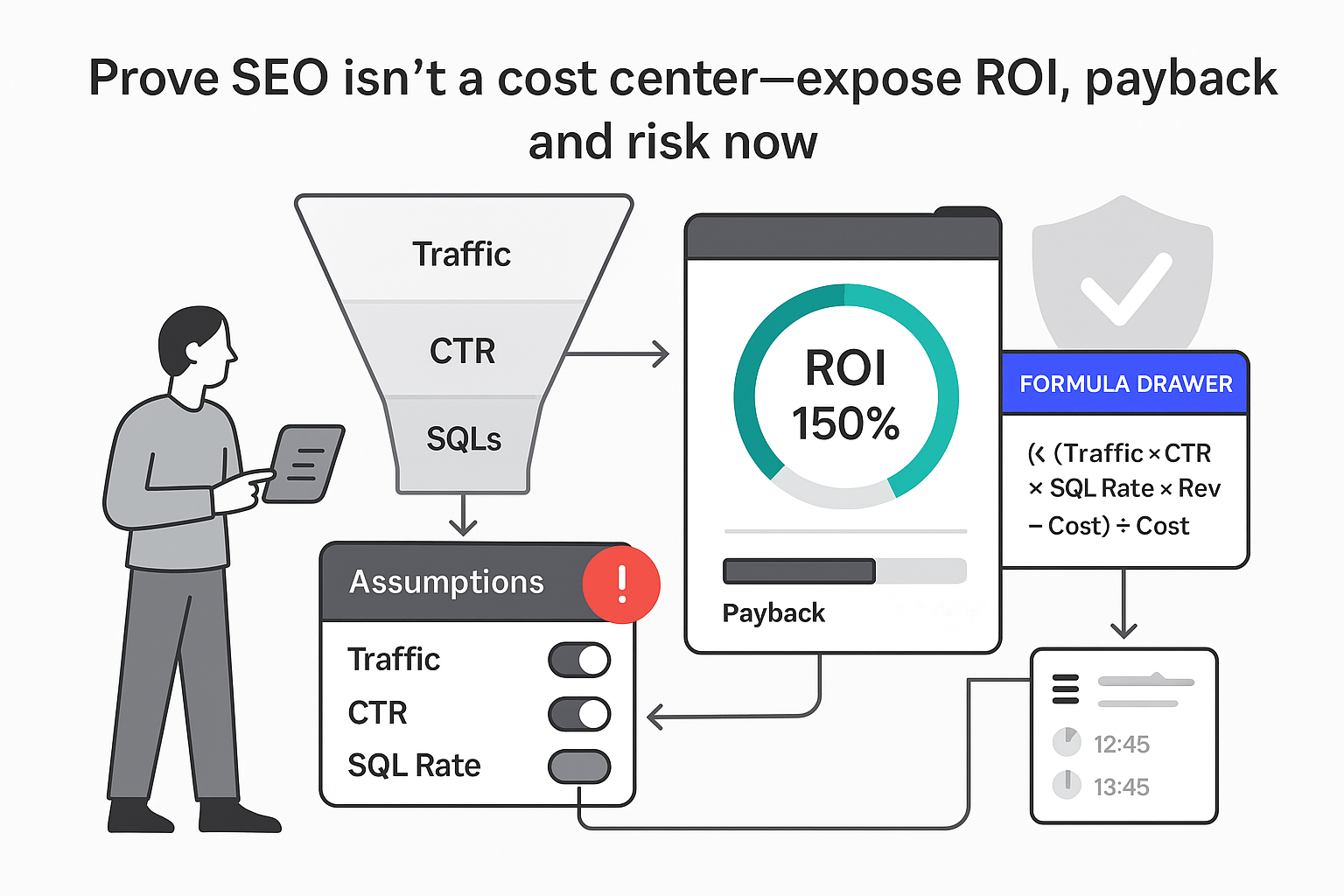
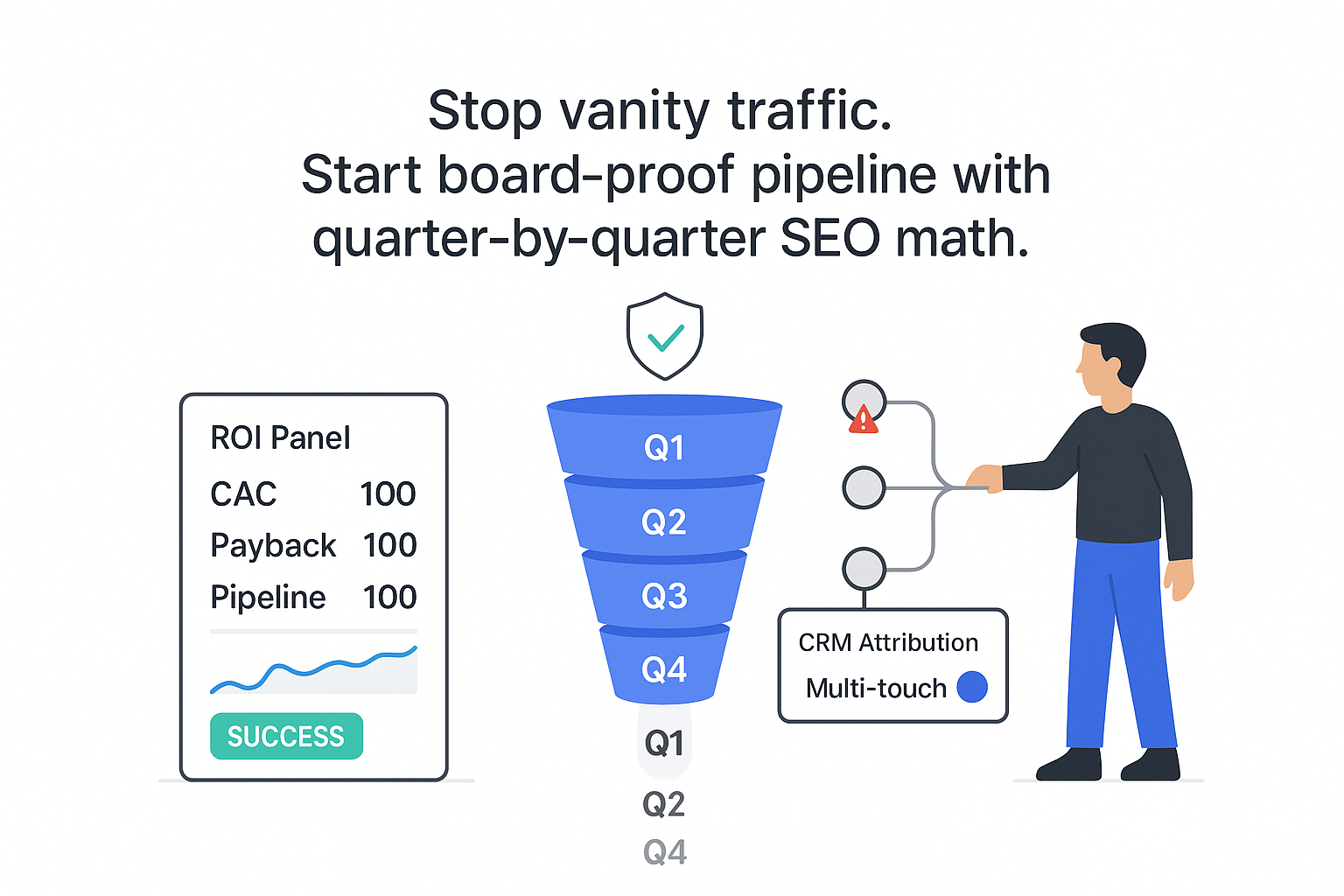
.svg)